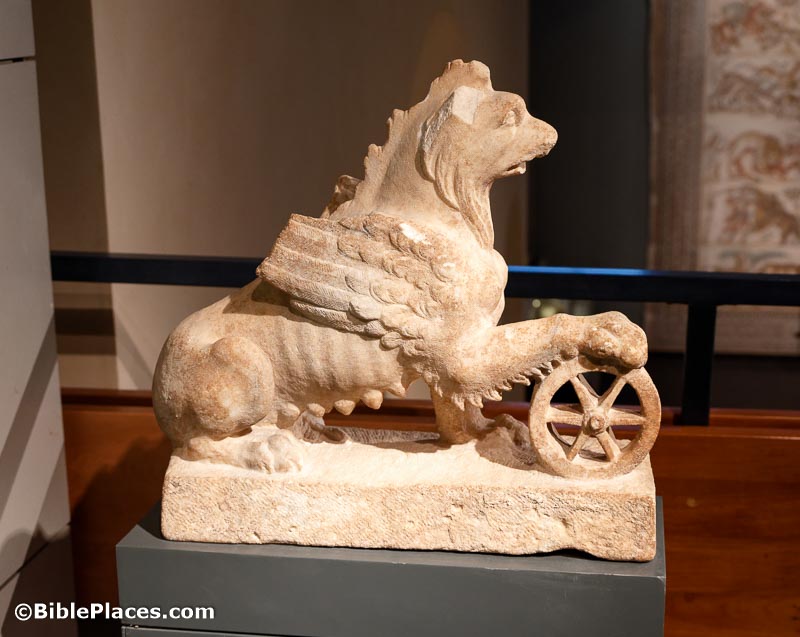Researchers at New York University have proposed that wind played a major role in the formation of Egypt’s Great Sphinx.
Nathan Steinmeyer writes about a new inscription from Elephantine that “might finally provide a glimpse of how Israelite religion developed after the Babylonian destruction of Jerusalem in 586 BCE.”
The sarcophagus of Ramses II will be going on display in three exhibitions in Australia.
Leon Mauldin reflects on Rehoboam’s journey to Shechem. He has also posted some photos of the tabernacle model at Timna.
Suzanna Millar and Sébastien Doane discuss the Bible and animal studies on the Biblical World podcast.
Bible Archaeology Report highlights the top three stories from the month of October.
Preserving Bible Times has just released Digging Deeper Video Series III: Familiar Passages, a collection of twenty two-minute videos featuring Doug Greenwold. You can also find it Spotify.
HT: Agade, Arne Halbakken, Ted Weis, Keith Keyser, Explorator
